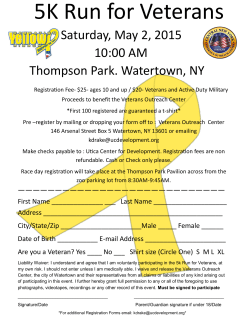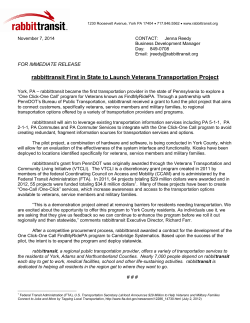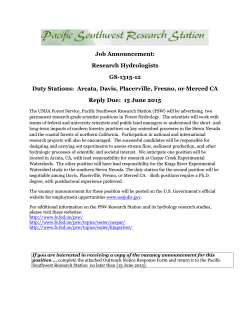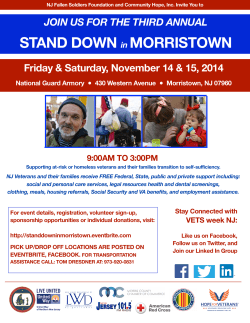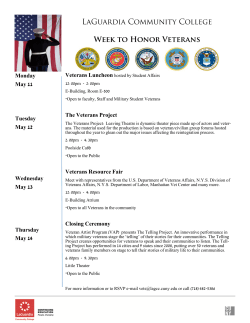
Sunset and Dusk of the Blue and the Gray: Last
Sunset and Dusk of the Blue and the Gray: Last Living Chapter of the American Civil War (2006-2010). Reviewed by Garry Victor Hill Sunset and Dusk of the Blue and the Gray: Last Living Chapter of the American Civil War. An Epic Prose Elegy. (2006-2010). Three Volumes The North’s Last Boys in Blue. Volume I. (2006) 587 pages The North’s Last Boys in Blue. Volume II (2007) 583 pages The South’s Last Boys in Gray. Volume III (2010) 771 pages All three volumes were published by Higginson Book Co. In a sense Professor Jay S. Hoar began the major work of his life very early when he travelled from his home in Maine to interview James M. Lurvey, then among the last survivors of Gettysburg. This was in 1949 and sixteen year old future Professor Hoar would serve in the navy in the 1950s, and then become a teacher and subsequently a university professor. In 1971 he began what was his most ambitious project, to compile and chronicle the lives of the last American Civil War veterans alive from 1940 onwards. He had interviewed Lurvey, who before his death in September 1950 had become the last accredited survivor of Gettysburg. At the start of his research he had telephoned the Mississippi veteran’s hospital where Sylvester Magee, the last possible Civil war veteran lived, but they did not speak. Magee died a few months later. Professor Hoar’s work would be based in research, not interviews with veterans. Research took the form of muster rolls, censuses and books, but the main source were the families, relatives and friends of the deceased veterans. Many were their children. People supplied letters, recollections and family documents concerning the veterans. In all over 900 of the Civil War’s participants were so described. Each soldier gets a separate section, most with their photograph and life dates. Their lives are then described. Sometimes the main focus and the most space does go on their war experiences, but with most before and after the war counts for more. This makes the book a panorama of American life before, during and after the war, a rare tribute to the Americans who shaped their nation’s history in one of their most crucial times. Professor Hoar denied being a historian, although this work is invaluable to historians. Richard A. Serrano in his Last of the Blue and the Gray: Old Men, Stolen Glory and the Mystery that Outlived the Civil War advised that students on the topic would do well to start with Professor Hoar’s work. My expressed conclusions in America’s Last Civil War Participants: An Investigation matched Serrano’s. While the first two volumes focused on the Union soldiers, the last volume The South’s Last Boys in Gray: An Epic Prose Elegy focused on the Confederates. Here he focuses on those alive from the 1940s to the end of the 1950s. The defeated Confederates had a harder battle, returning to a devastated land that had to be rebuilt. It is in the narrated aftermath for each participant, North or South that his theme emerges – that despite war’s horrors these men and women could emerge from it and return to normal lives. They showed more than a capacity for stoicism – a word that conjures up a laconic and grim capacity for endurance. They showed a more difficult quality to attain, resilience. They met their sufferings, setbacks and sometimes even tragedies with silence, a try try again attitude, hard work, fatalism, homilies and even humour that could be wry, ironic, sardonic, satirical and verseceous – and sometimes self – depreciating. What seems initially odd and then astounding is that in these accounts there are almost no clear records of post-war trauma. One veteran ended up in a lunatic asylum; another clearly had mental problems – out of close to a thousand mentioned? In comparison, alcoholism, drug addiction, suicidal and neurotic behaviour, mental illnesses and stress related illnesses are all common among American veterans since the First World War and those rates worsen among the more recent veterans, those of Vietnam, Afghanistan and the Gulf Wars. These problems are not endemic among these people alive after the Civil War. Through hard work, the support of their families, churches and communities they rebuilt their homes, farms, businesses and their lives. By doing so they rebuilt the South – and whatever their intentions, they rebuilt in a better mode. If the New South was not a land of equality or even a land freed of racism, it was a land freed from slavery and one with wider opportunities. In several appendices he writes of many fields where aged survivors partook of the interesting and the unusual; a collection of the aged survivors autographs, the world of Civil War nursing, boy soldiers, the Black Confederates, unknowns, frauds and those mistakenly believed to be veterans in America’s wars and the role of Blacks. He has lists for the oldest, the youngest and the last surviving participant for their state, and the last American survivors of the Mexican, and SpanishAmerican Wars. There is even lists of the oldest married couples, the longest lasting marriages and the longest unions. Throughout all three volumes Hoar’s work shows his liking for people and an empathy for those caught up in a turmoil they did not create but had to endure – and they did, often emerging triumphant. *
© Copyright 2025
